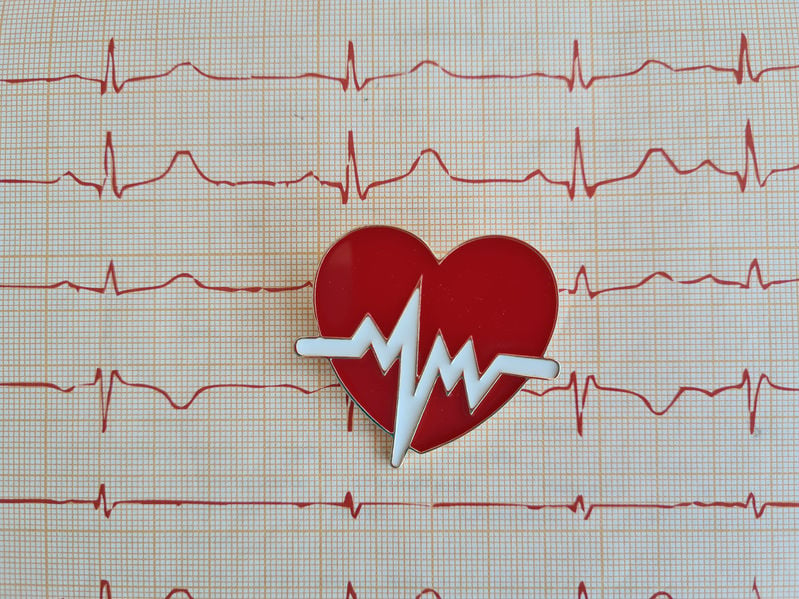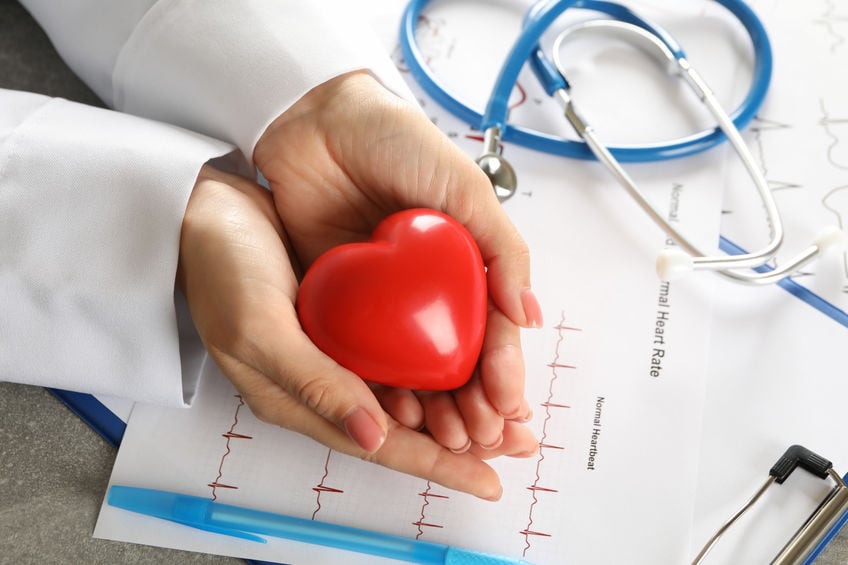Are You At Risk For A Stroke?
Occurring once every 40 seconds, strokes are a common medical emergency experienced by American adults. A stroke occurs when blood flow is suddenly obstructed to the brain. This disruption of blood flow can cause brain cells to quickly die off, resulting in mild to severe damage. Understanding risk factors for this medical condition, signs of a stroke, and when to take action is essential.

Decreasing stroke risk
People with cardiovascular disease, obesity, hypertension, and diabetes are at high risk of experiencing a stroke. High cholesterol and stress are also risk factors. With this in mind, multiple ways exist to decrease the risk of strokes. A proper diagnosis of underlying health issues is critical for prevention. The individual can then take the necessary medication to improve heart health. For instance, antiplatelets, anticoagulants, and statins help improve blood flow and heart health, reducing the risk of stroke. Keeping blood pressure (BP) and cholesterol under control are other vital strategies. Studies also show that managing BP reduces the risk of a second stroke. A healthy diet, exercise, and quitting behaviors like excessive alcohol use and smoking are essential to prevent another stroke from occurring.
BE FAST: A life-saving acronym
How can an individual identify when a stroke is occurring? Strokes can often present with multiple symptoms, and doctors have developed a helpful, easy-to-remember acronym known as BE FAST. Each letter represents a symptom of a stroke. The letter B stands for balance, where the individual suddenly loses balance or coordination. The E is for eyes, indicating a change in vision, such as blurred vision. The F is for facial weakness, particularly drooping to a single side. Sometimes, the individual will complain of arm weakness, indicated by the letter A in the acronym. The S stands for slurred speech, with difficulty forming coherent sentences. Finally, the T indicates time, the most crucial factor, meaning immediate medical response to the symptoms is required.
When should you go to the ER?
Without a doubt, any possible stroke symptoms must be taken seriously. A single symptom may feel trivial but should be closely observed. A fast medical response is critical to saving lives. The longer a stroke goes without treatment, the higher the risk of brain damage or possible death. The ideal situation calls for medical treatment within the first 60 minutes of identifying a stroke. The doctors in an emergency room (ER) can provide medication or perform emergency surgery to prevent further damage. The time to treatment is often a factor in the patient's future health and quality of life.
Be stroke smart
A stroke results from an underlying cardiovascular issue or health condition that limits blood flow to the brain. Understanding the possible risks allows people to take action to reduce the chances of suffering from a stroke. A healthy diet, exercise, and medication management are imperative to a long and healthy life. Should a stroke happen, the BE FAST acronym can help identify stroke symptoms. Don’t hesitate to go to the ER even if just a few stroke symptoms are present. Time is of the essence and can be the difference between life and death.


